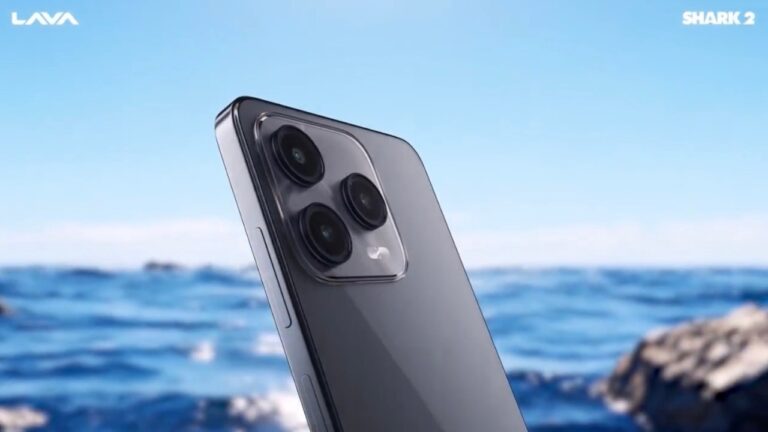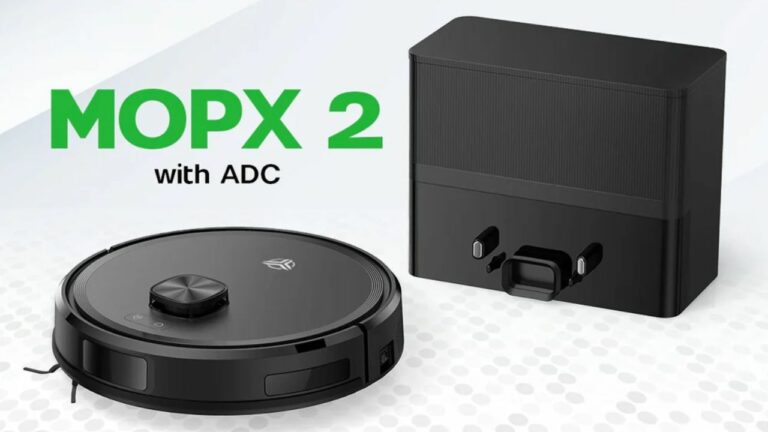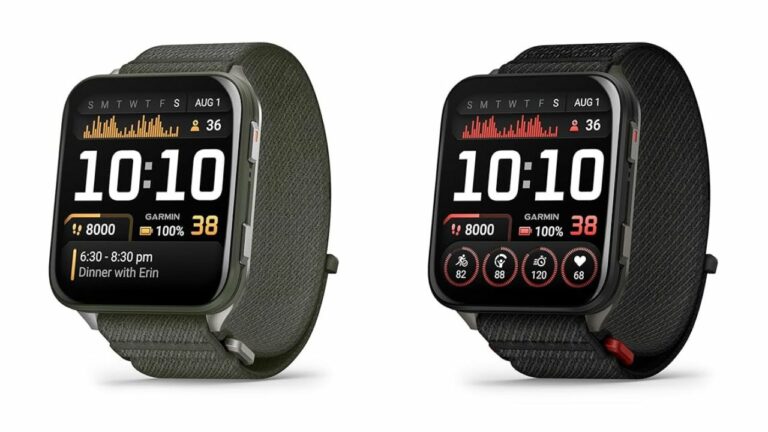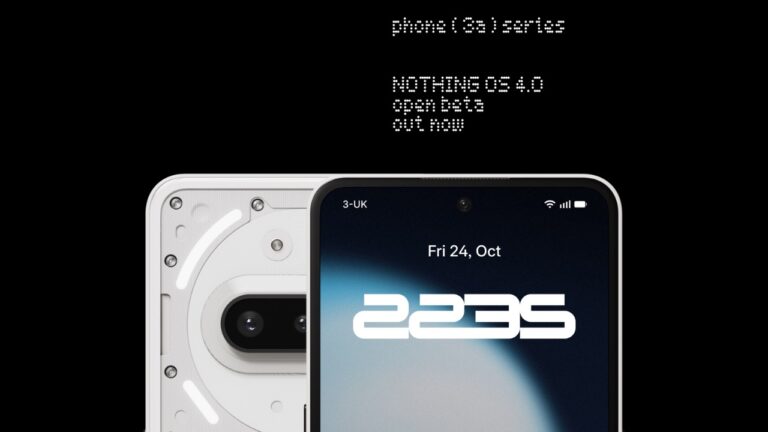Airtel Payments Bank Soundbox has been announced in India, enabled through a partnership with Hitachi Payment Services, an end-to-end payments and commerce solutions provider. The company aims to “accelerate digital payment adoption through the deployment of an end-to-end Soundbox solution across India.”
According to the company, “the partnership will accelerate the adoption of digital payments by expanding merchant acceptance and enable millions of customers to transact securely and digitally.” “The Bank aims to empower merchants across India with a reliable and secure technology platform, while supporting the complete merchant lifecycle from onboarding and training to device deployment, payment processing, real-time analytics and settlements,” it added.
The Airtel Payments Bank Soundbox device launched in partnership with Hitachi Payment Services not only provides multilingual payment alerts but also acts as a dynamic channel for merchant promotions, further helping businesses communicate offers more effectively.
Read More: Airtel Announces Free 6-Month Google One Subscription For Airtel Postpaid And Wi-Fi Customers
Airtel Payments Bank first launched its Soundbox earlier in 2024 for its merchant partners. To meet growing demand, the Bank has now partnered with Hitachi Payment Services for Soundbox deployment, while continuing to collaborate with its existing partners.
Earlier in July, Airtel announced a partnership with Perplexity, to offer 12-month Perplexity Pro subscription free of cost to all its 360 million customers. Perplexity Pro includes more daily Pro searches per user, access to advanced AI models (e.g., GPT 4.1, Claude) and the ability to select specific models, deep research, image generation, file uploads and analysis, as well as Perplexity Labs, a unique tool that brings ideas to life. Perplexity Pro is priced globally at Rs 17,000 for a year.












